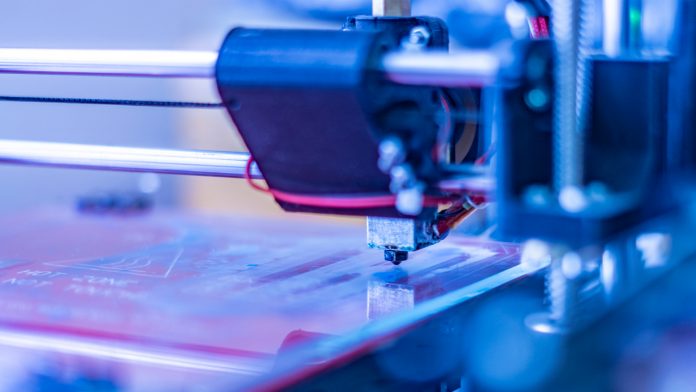A groundbreaking biodegradable battery that can potentially transform energy storage as we know it, has been developed by a team of researchers.
The revolutionary device created by Empa researchers provides a versatile biodegradable battery that is both environmentally friendly and comprised of a renewable raw material, taking us one step closer to realising a green future.
The innovative cell was designed by modifying a commercially available 3D printer, with specially designed gelatinous inks being the vital key to its genius. The ink is an amalgamation of cellulose nanofibers, cellulose nanocrystallites, black carbon, graphite, and activated carbon, which is then liquefied with water, glycerine, and alcohol solution.
The team constructed a functioning capacitor from these materials by building four layers: a flexible substrate, a conductive layer, the electrode, and the electrolyte. The result born from this process was a mini-capacitor capable of thousands of charging cycles, years of storage, and resistance to shock, pressure, and freezing temperatures.
Perhaps the most alluring characteristic of the cell is that it truly is a biodegradable battery; once discarded, the capacitor takes a mere two months to disintegrate, leaving little trace of carbon particles.
Xavier Aeby of Empa’s Cellulose & Wood Materials lab said: “It sounds quite simple, but it wasn’t at all. As researchers, we don’t want to just fiddle about; we also want to understand what’s happening inside our materials.”
Gustav Nyström, the supervisor of the project at Empa, said: “The project of a biodegradable electricity storage system has been close to my heart for a long time. We applied for Empa internal funding with our project, Printed Paper Batteries, and were able to start our activities with this funding. Now we have achieved our first goal.”
Such technology could be used to significantly advance the internet of things, with the possibilities of the biodegradable battery being utilised to power sensors that check package contents during shipping or for environmental and agricultural monitoring as the cells could be left to degrade without the need to be reacquired.
Nyström said: “In the future, such capacitors could be briefly charged using an electromagnetic field, for example, then they could provide power for a sensor or a micro transmitter for hours.”









